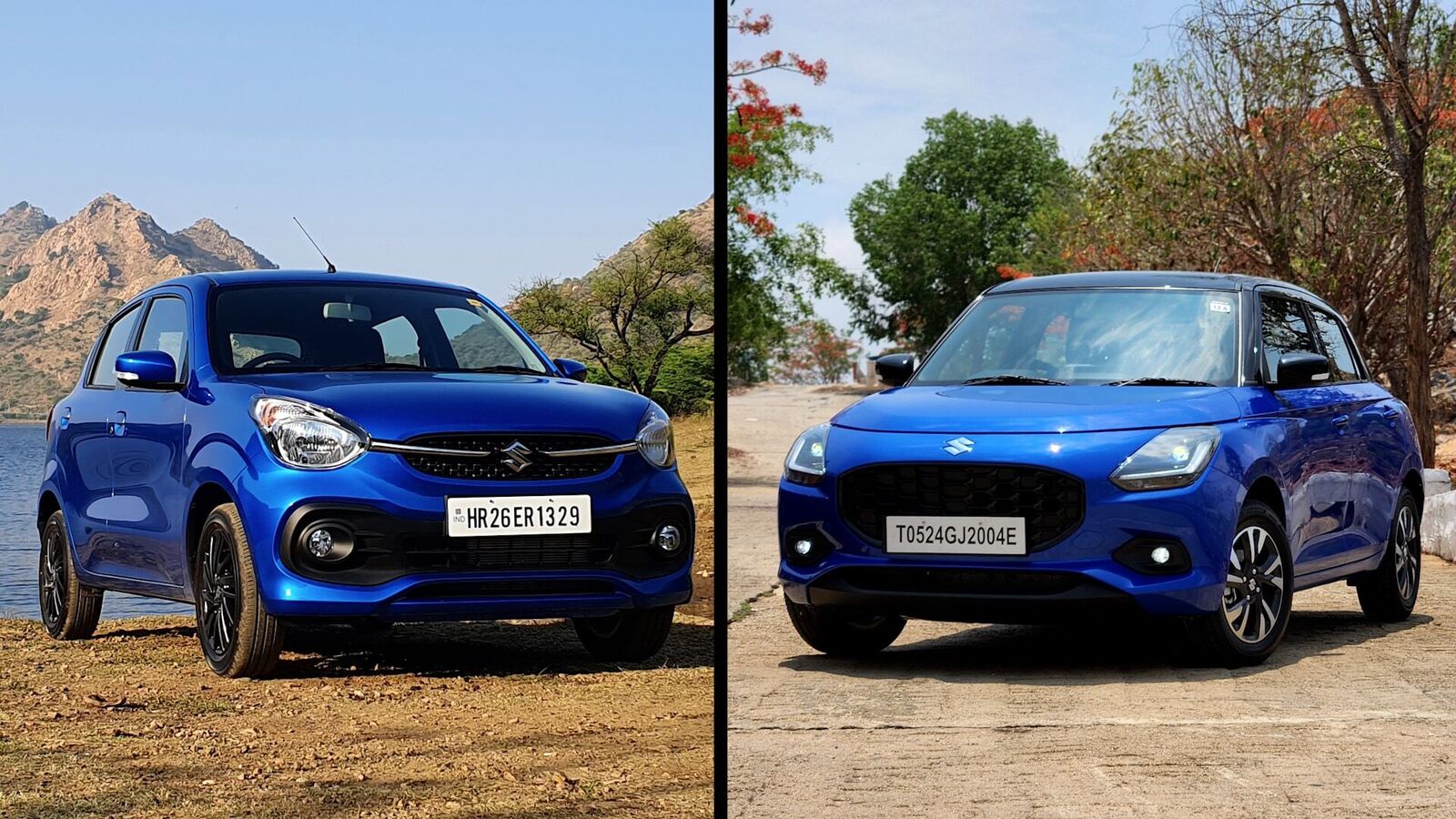Partho Banerjee, Head of Sales and Marketing for India’s largest car maker talks about the need for GST rebates on strong hybrids, the diminished role
…
Maruti Suzuki’s newly appointed Head of Sales and Marketing, Partho Banerjee emphasized the need for the government to “acknowledge the role played by strong hybrids in bringing down overall CO2 emissions”. In an interview with HT Auto, Banerjee said that Maruti Suzuki expects 25% of its overall sales to come from the hybrid segment by 2030. However, when asked about the development of an affordable hybrid powertrain, Banerjee remained reticent. EV sales saw a 22% drop in April, as compared to the previous month. The strong hybrid segment, led by Maruti Suzuki grew from 0.5 % to 2% from 2022 to 2023, equalling the share of EVs, despite attracting significantly higher taxes. “The challenge with smaller hybrids is the cost” says Banerjee, echoing the thoughts of Maruti Suzuki Executive Chairman R.C Bhargava, who claimed, earlier this year, that Maruti Suzuki will make an affordable hybrid powertrain should the GST bracket for hybrids be revised to match the 5% GST slab on EVs.
Banerjee isn’t certain consumers would be willing to bear the higher capital costs that would come with a Swift or Baleno Hybrid given the current tax structures (attracting 28% GST). Instead, he insists that cars like the new Swift are the way to go, offering nearly hybrid-like efficiency with petrol powertrains. “Right now the path we are taking is coming-up with more efficient engines”. Despite a proposal being floated by Union Minister Nitin Gadkari for the reduction of hybrid GST slabs, Banerjee remained ambiguous as to the likelihood of such a thing happening. He did remain emphatic about the need for hybrids to be more affordable. “At the end of the day, hybrid technology needs to be given some sort of acknowledgement in terms of policy framework. You need to give a differential treatment to strong hybrid technology”
Hybrids, or strong hybrids – a uniquely Indian term reserved for plug-in hybrids or self-charging hybrids – have risen in prominence not only in India, but also in the US, propelling Japanese carmakers like Toyota to the top of the sales charts while EV makers flounder. For a country with EV infrastructure as deficient as India’s they aren’t just a compelling choice, they might be the only one. In addition to alleviating range woes and helping reduce the collective CO2 footprint, hybrids also help bolster the EV supply chain as they share a lot of the components. “Let’s see what sort of policies are put in place once the new government is formed after the elections” said Banerjee, declining to comment on the turn-around time for creating a low-cost hybrid should conducive policies be put in place.
Also Read : 2024 Maruti Suzuki Swift drive review: Right car in wrong time?
Banerjee didn’t say if only hybrid-level fuel efficiency is the sort of catalyst needed to revive the ailing hatchback segment, but efficiency seems to be the way forward to attract small car buyers, much like it was four decades ago. The only difference is the range of powertrains. “When the customers go to the gas station and reach for their wallets, they feel the pinch” says Banerjee, reiterating that with a claimed mileage of 25kpl, the Swift is about as efficient as a small petrol powertrain can be. “By the end of 2030, the premium hatchback segment will be around 1 million units across powertrains” This includes CNG as well, which is expected to form a greater portion of the carmaker’s overall sales this year. “We are planning to have every 3rd vehicle as a CNG one in our Maruti stable, whereas earlier it was every 4th vehicle” says Banerjee, adding that biogas is also being worked on as a viable alternative to internal combustion.
Still, the sun has far from set on the internal combustion, as was being predicted. The global slowdown in EV sales, the policy changes in the US and the deadline extension for ICE powertrains in Europe all point towards the fact that EVs will only be one arm of private mobility. “By 2030, our take is that out of 6 million, only 1 million vehicles will be EVs” says Banerjee predicting that EVs will fall short of occuping the projected market penetration of 30% by at 15%. “For the next five years, ICE vehicles will be roughly 60%, hybrids 25% and EVs around 15%”. The statement comes from India’s largest carmaker at a time when it is about to venture into the EV space, with its maiden EV launch pushed to mid-2025, and five other EV projects in the pipeline.
Also Read : Swift to Celerio: Petrol cars priced under ₹10 lakh with best mileage figures
“Even by 2040, I don’t think global ICE sales will drop to 10% as projected” says Banerjee. “We are entering the EV space in a major way, but at the same time we want to be technology agnostic because in India, with or without EV subsidies, infrastructure continues to remain a major issue”. “Today car penetration stands at 32 cars per 1000 people”, says Banerjee “the reason the hatchback segment is ailing is because of price hike by almost 11% while the average household income has not grown”. What powertrains in addition to CNG and petrol will bolster small car growth would depend entirely on policy framework, but when it comes to increasing India’s car ownership stats, small hatches are still the way to go.
First Published Date: 24 May 2024, 13:16 PM IST

